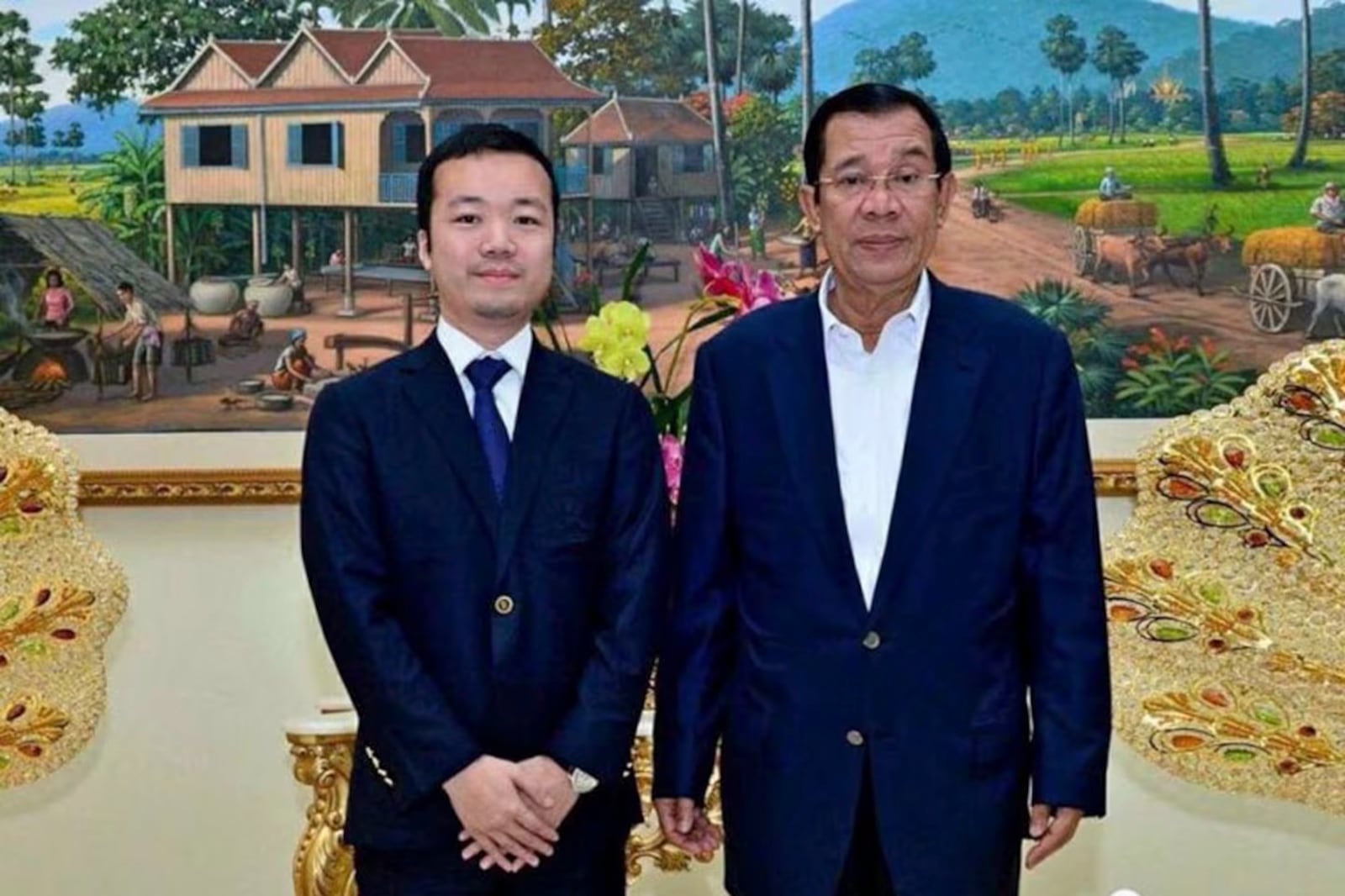Soda Thai holds a photograph in her hand. She has a baby in her arms and is standing together with her husband in worn clothes. It was hard times, she remembers. “I did not have a job, house or land, and I even lacked the resources to start farming,” Soda describes. Eighteen years ago, she got by only because of social assistance from the Cambodian government.
Nowadays Soda owns a house and half a hectare of land. Her two children are at university, and she is vice-director of a successful agricultural cooperative in Kien Sangke Commune, Siem Reap Province.
“I earn a regular monthly income from selling products, including the vegetables I cultivate. I have also received a loan, which I intend to use to expand my agricultural business, by purchasing more land,” she adds proudly.
She credits the transformation to teaming up with other farmers the Sovatepheap Thoamacheat Agricultural Cooperative (‘Eco Farm’). The cooperative is located in the Tonle Sap basin, part of the flood plain of Tonle Sap Lake and the Mekong River during the monsoon season. This is one of Cambodia’s most important agricultural regions, but it is also the most vulnerable to floods and droughts. Experts say climate change will bring even more erratic rainfall and extreme weather events in the future.
“Climate change has had a profound impact,” vegetable farmer Soda notes. “Firstly, it has reduced our incomes because productivity has really declined. Secondly, there has been a surge in pests and diseases.”
She and her dedicated cooperative members have received training in how to access better climate information to inform their planting and be able to reach premium markets. This training comes as part of project known as PEARL.
Implemented by the Food and Agriculture Organization of the United Nations (FAO) and the Government of Cambodia, with finance from the Green Climate Fund (GCF), the PEARL project is improving the livelihoods of approximately 450 000 farmers on the frontlines of climate change in Cambodia.
As part of the project, Commune Agriculture Officers, trained by FAO, are supporting farmers in climate-resilient farming techniques and developing their business skills. Toeum Nguon, one Commune Agriculture Officer, is teaching Soda and her fellow farmers how to create a business plan so that “the community can meet all market demands through organized cultivation.” Crucially, it also helps the members to successfully apply for loans.
“In the case of vegetables, it’s about bringing the farmers together and connecting them with markets and ordering systems,” explains Rebekah Bell, the FAO Representative in Cambodia. “We are trying to grow crops that the market wants, that are the highest value options for the farmers. The cooperative model will then allow more of the value to be able to return to the farmers.”
The PEARL project has also been upgrading weather stations across the four provinces of the northern Tonle Sap basin and are now producing a monthly agrometeorological bulletin with weather forecasts tailored to major crops. These bulletins provide advice on climate-resilient techniques to avoid the worst impacts ahead of time. Nguon ensures Soda and her fellow farmers can access the bulletin on their laptops, tablets and phones.
Through this, Soda has learnt a sustainable solution to the surge in insects eating her vegetables. “We are now using natural pesticides as well as neem oil in the cooperative. We take precautions one to three weeks prior to the emergence of these pests,” she says, satisfied.
By bringing together the government, farmers and companies, the PEARL project is also helping to forge strategic partnerships that drive the buying, processing and selling of vegetables and high-value crops.
“During these discussions, we identify what are the challenges and opportunities, helping these farmers to resolve these issues with different actors on the value chain,” Davronjon Okhunjonov, FAO Technical Adviser in Cambodia notes.
In Damdek, an hour’s drive away from her farm, it’s lunchtime. A restauranteur is cooking and serving the fresh vegetables bought from Soda’s cooperative, as a key ingredient in many diners’ meals. Leaksrey Ly, the owner of the restaurant says, “Their vegetables are top-notch. They don’t use chemical fertilizers, only natural ones,” she emphasises. “The prices are reasonable.”
For Soda, the agricultural cooperative brings big rewards: “Once you become a member, you gather and sell your products together.”
By joining forces and accessing premium markets, Soda and her fellow cooperative members are building a more climate-resilient life and a food-secure future.
Source: FAO






